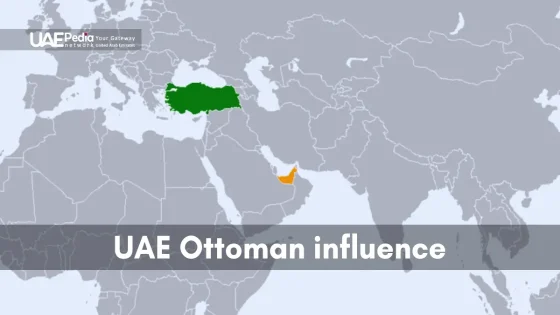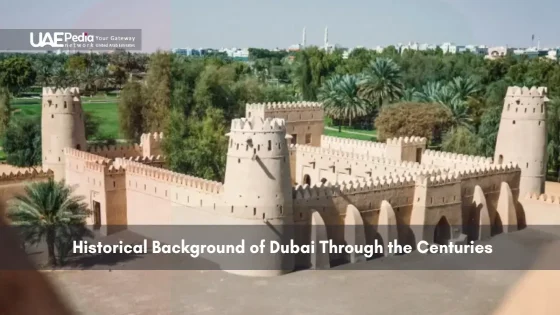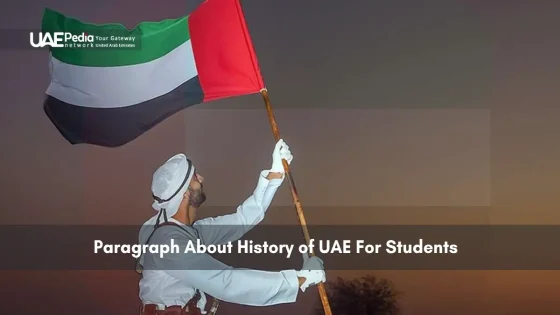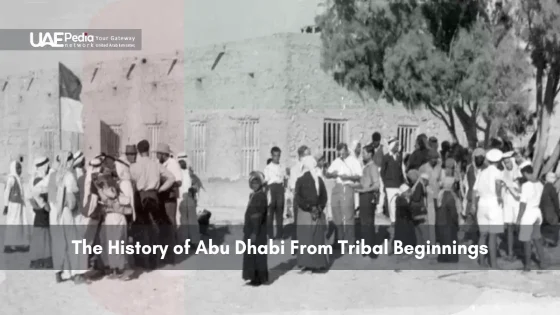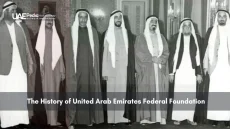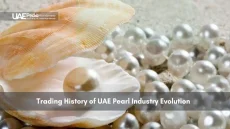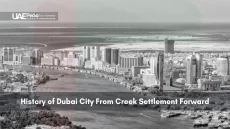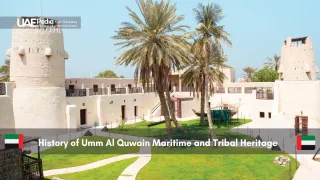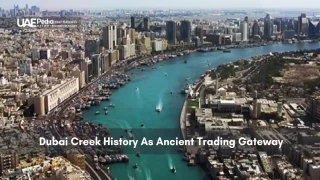Ever wondered about the UAE’s rich history? The Ottoman Empire’s role in the UAE is fascinating but often missed. From the 16th to early 20th century, the Ottomans deeply influenced Emirati society. They left a lasting mark on the UAE’s culture.
The UAE’s history is as varied as its desert landscapes. Before Dubai and Abu Dhabi’s skyscrapers, ancient civilizations like Magan traded with Sumerians. Islam arrived in 630 A.D., starting centuries of Islamic dynasties. But the Ottomans’ impact on the UAE’s future was key.
The UAE’s coastal areas attracted the Ottomans for trade and sea power. The Trucial States formed in 1820, as European powers competed. This Ottoman era set the stage for the UAE’s current seven-emirate federation, formed in 1971.
The Ottomans’ legacy in the UAE shows the power of cultural exchange. We’ll explore how their contributions shaped the UAE into the modern nation it is today.
Historical Background of Ottoman Presence in the UAE Region
The Ottoman Empire reached far, touching the UAE’s shores. This was a big moment in the region’s history. It shaped the area for centuries.
Early Ottoman Expansion into the Arabian Peninsula
Ottoman expansion into the Arabian Peninsula started in the 16th century. The empire was huge under Suleiman the Magnificent from 1520 to 1566. It covered about 15 million people across three continents.
Strategic Importance of UAE’s Coastal Areas
The Persian Gulf, including the UAE’s coasts, was very important. It was key for trade and control of the seas. The Ottomans knew this and added these areas to their vast network.
Timeline of Ottoman Rule in the Region
Ottoman rule lasted for many centuries. Important events include:
- 1453: Capture of Constantinople, starting a lasting sultanate
- Early 16th century: Contest for Middle Eastern territories with the Safavid dynasty
- 19th-20th centuries: Middle Eastern rulers pursue modernization
- 1922: Decline of the Ottoman Empire after over 600 years of rule
The Ottoman presence in the UAE had big effects on trade, culture, and governance. This influence lasted until the early 20th century. Then, British influence in the Trucial States grew.
UAE Ottoman Influence on Trade and Commerce
The Ottoman Empire had a big impact on trade and commerce in the UAE. It lasted from the late 13th to early 20th century. The empire set up important trade routes that linked the UAE to the world.
Maritime trade grew under the Ottomans. Their navy in the Persian Gulf helped keep trade safe. This helped the pearl industry grow, which was very important for the region.
Ottoman economic policies also changed local markets and trading ways. They made rules for foreign trade and built roads and caravanserais. These helped trade move smoothly.
- Established efficient road and bridge systems
- Developed commercial laws to protect property rights
- Created a network of roadside inns for traders
These steps made traders feel more confident. They helped move goods and people around. The Ottoman influence helped the UAE become a major trade center.
Cultural and Architectural Legacy
The UAE’s culture shows Ottoman touches in buildings and customs. This mix of Islamic and Emirati traditions has shaped the nation’s identity.
Ottoman Architectural Elements in UAE Structures
Ottoman design has influenced the Emirates’ buildings. Early Ottoman styles, like single-domed mosques, inspired local builders. Intricate tile work, a sign of Ottoman design, is seen in UAE mosques and palaces.
Religious and Social Influences
The Ottoman era strengthened Islamic practices in the UAE. Ottoman Empire’s structured religious setup shaped local Islam. This is seen in UAE’s prayer spaces and religious institutions.
Traditional Customs and Practices
Ottoman customs have shaped UAE’s culture. Hospitality, a key Emirati value, was emphasized then. Family and community ties, important in Emirati culture, mirror Ottoman values.
Al Ain, a UNESCO World Heritage site, shows the UAE’s rich history. Its oases and sites highlight the diverse influences, including Ottoman, that have shaped UAE’s culture.
| Ottoman Influence | Impact on UAE |
|---|---|
| Architectural Style | Domed structures, tile work |
| Religious Practices | Mosque design, Islamic institutions |
| Social Customs | Hospitality, family values |
Political and Administrative Systems
The Ottoman Empire’s rule over the UAE lasted for centuries. It shaped the region’s way of governing. From 1299 to 1922, the Ottomans ruled over three continents. They influenced trade and formed alliances with both Muslim and Christian states.
In the UAE, the Ottomans used a system of provinces led by Pashas. This structure helped shape future governance. They also worked with local tribal leaders, a move that shaped the Trucial States’ politics.
The Young Turk reforms from 1908 to 1918 changed the Ottoman empire. These reforms aimed to modernize the empire by:
- Creating a constitutional monarchy
- Introducing secular laws
- Centralizing power in Istanbul
- Starting a secular education system
These reforms had mixed effects across the empire. Yet, they set the stage for future governance in the region. The shift to the Trucial States under British protection was a key moment. It led to the UAE Federation, blending tradition and modern governance.
Maritime Heritage and Naval Developments
The UAE’s maritime history is closely tied to the Ottoman navy’s role in the Gulf. This history greatly influenced shipbuilding and navigation in the UAE. It has left a lasting impact on the country’s coastal growth.
Ottoman Naval Presence in the Gulf
The Ottoman navy made a big impact in the Gulf in the 16th century. They brought new naval technologies and strategies. This changed how people sailed in the Gulf.
The Ottomans also built forts in key places. These forts helped them control important trade paths.
Shipbuilding and Navigation Techniques
Ottoman shipbuilding changed the UAE’s maritime world. Local builders learned from the Ottomans. They made better dhows and other ships.
The Ottomans also introduced new tools and charts. These helped sailors navigate the Gulf better. They could now sail longer distances.
Port Development and Maritime Trade
Thanks to the Ottomans, UAE ports grew a lot. Places like Dubai and Sharjah got better harbor facilities. This made the UAE a key spot for trade between East and West.
| Year | Event | Impact on UAE Maritime History |
|---|---|---|
| 1820 | General Maritime Treaty signed | Established peace at sea, boosting trade |
| 1853 | Perpetual Maritime Truce signed | Further stabilized maritime relations |
| 1952 | Trucial States Council established | Enhanced cooperation in maritime affairs |
| 1971 | Formation of United Arab Emirates | Unified maritime policies and development |
Conclusion
The UAE Ottoman legacy has made a lasting impact on the region’s culture and modern growth. It shows in architecture and administration, touching many parts of Emirati life. This history mixes well with today’s new ideas, creating a unique identity.
The UAE works hard to keep its cultural heritage alive. Mosques like the Sheikh Zayed Grand Mosque in Abu Dhabi and the Jumeirah Mosque in Dubai show this effort. These places are not just for prayer but also draw people from everywhere.
The UAE balances its Ottoman past with a forward-looking future. It promotes understanding between different faiths and fights against extremism. By respecting its history and pushing for new ideas, the UAE stands out globally. Its Ottoman roots help it grow and evolve.
